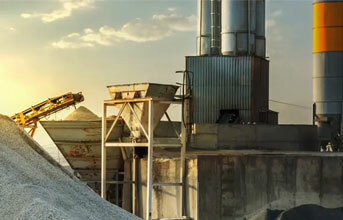
Cement companies in India have initiated trade price hikes of Rs 10-20 per bag, despite weak demand and increased competition. July 2024 saw a price decline of around three per cent in comparison of the Q1FY2025 average. The decline was majorly driven by a significant drop in the South (five per cent) and the North (four per cent), while other regions experienced a decline of one to three per cent.
Slight recovery was seen in August with one per cent month-on-month increase in cement prices across India. A two per cent rise in price was noted in South whereas the North saw one per cent rise. Overall price levels of Q2FY2025 remain approximately three per cent lower than the previous quarter.
Dealers suggest that cement companies are most likely to increase the prices further by the end of August. However, slow absorption due to weak demand and heightened competition may hinder these efforts in near term. International petcoke prices have remained flat to slightly lower for Q2FY2025, while domestic petcoke prices have decreased by 2.6 per cent quarter-on-quarter.
Q1FY2025 saw a stable retail diesel prices, indicating that operating costs per ton are likely to remain considerable during Q2FY2025 for the cement sector. The cement industry faces a seasonally weak demand for Q2FY2025. However, factors like government's infrastructure spending and continued growth in housing sector will lead to an expected resurgence in demand for H2FY2025. This projected demand revival could support an increase in cement prices during the latter half of the fiscal year.
Industry experts anticipate a six to eight per cent year-on-year growth in demand post-Q2FY2025 following low single-digit growth in Q1FY2025. The weak demand seen in Q1FY2025 was due to various factors such as election period, extreme heat wave, labour shortages and early onset of monsoon.
UltraTech, Shree Cement, The Ramco Cements, Dalmia Bharat, Grasim Industries, and JK Lakshmi Cement continue to be favoured, with expectations of improved performance as demand revives and cost structures stabilise in H2FY2025.
